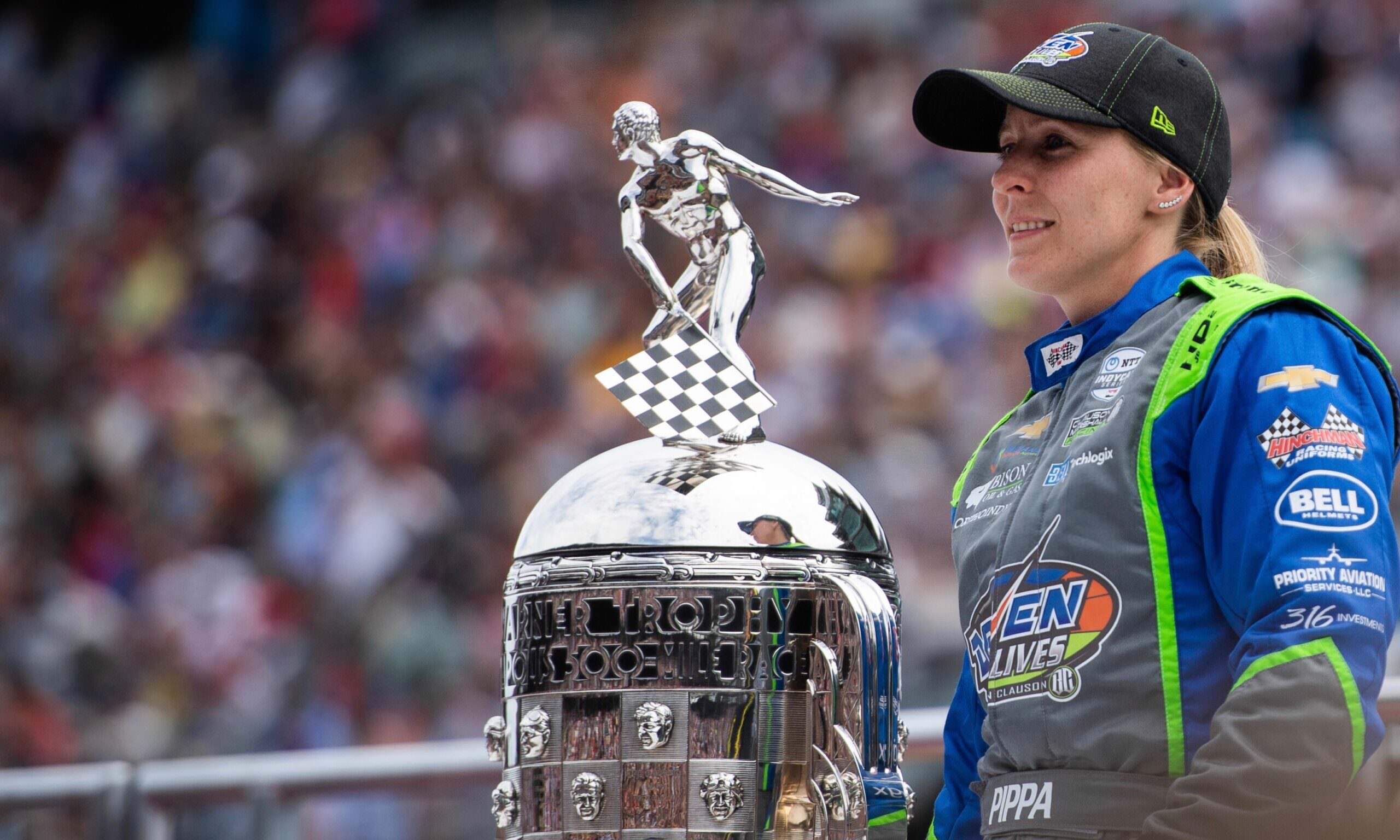
For as long as I can remember, I’ve loved cars. From playing with toy cars and watching races on TV as a kid to riding in cars – especially fast cars – and seeing and hearing the noise of fast cars in real life as I got older, the love has always been there.
I was still young enough to have never been to a live race when I made an unsettling observation: There was no one like me in the races I was watching on TV.
Formula 1 was my primary frame of reference because I grew up in England, so IndyCar’s Janet Guthrie and Lyn St. James were not yet on my radar. My dad however, knew about Lella Lombardi, and he would tell me time and time again the story of how she scored that famous half point at Brands Hatch. It became my favorite bed-time story.
When my dad started to take me with him to watch local races, I started noticing even more that Lella had been a unicorn, because even at the lower levels, it was rare to see who looked like me. There was no next Lella Lombardi coming up through the ranks and I remember being disappointed every time there was no one like me on the racetrack to cheer for.
I routinely asked my dad why there were no girls on track. Luckily, I had the kind of “girl-dad” who told me time and again that there could be, there should be, and there was no reason why girls could not race equally with the boys, just like Lella.
I was about 12 when we first went to the indoor kart track and joined the kids club. At the time, we thought this was the only type of racing available to someone under the age of 16. If it weren’t for the young gentleman running the kids club informing us that there was more out there, we probably would’ve never known.
I got my first real competition kart for my 13th birthday. We started racing locally, and within 18 months I was competing in the British National Championships in my class.
There were still very few people – almost no one – who looked like me. On the rare occasion that there was another female on track, the people I thought mattered at the track made sure to admonish me that there would not be room for both of us, that it had to be her or me.
Unfortunately, the other girls were told the same thing and as a result, the few of us on track were effectively pitched against one another from an early age. There was no room for rising together, no room for friendship or female solidarity, no room to form the same connections and bonds being formed by the boys around us.
By the time I entered my late teens I started to challenge – both internally and externally – the preconceptions that were being placed on me. I started taking the time to be the girl who was making the effort, but most of these girls had been conditioned the same way as me, and from a much earlier age. As a result, I was often rebuffed or turned away, and my attempts at connecting were rejected. Most of the (few) girls thought I was a bit weird for trying to break the boundaries and therefore, I probably wasn’t someone they wanted to be associated with. Remember, we were all just trying to fit in.
My first small success at forming a friendship with another female racer was with Swiss racer Rahel Frey. We were both racing in Formula Renault at the same time and I hope Rahel will forgive me for stating this: neither of us was very good at qualifying at the time. We were both pretty good racers, and would consistently rise through the field together. We didn’t have a strong or deep bond but I wanted to see Rahel do well, and the feeling was mutual. We would regularly take a few minutes during race weekends to say hi.
It may sound trivial but at the time, both of us were aware that we were stepping outside of the pre-defined boxes, and while we were willing to step cautiously, we both subconsciously knew, even at an early age, that we wanted to connect with other women in sport.
Fast forward to 2020.
More women are starting to connect and work together than ever before in motorsports. My friend Rahel is part of an all-female GT driving team that has now competed at LeMans twice. The FIA Women In Motorsport Commission has fielded a female line-up in an LMP2 car and the WS-Racing Girls Only team fields a car in the NLS races at the Nordschleife – including their 24 hour event – with an all-female engineering team, all-female mechanics, and an all-female driving team.
All of these projects are the result of women working together – with the help of male allies – to prove that we can – and do – compete equally with men on the world stage in motorsport.
Here at Shift Up Now, we’re still a fairly small group in terms of our power, reach and funding, but we’ve been slowly and quietly making things happen from a grassroots level. We’re connecting racers, attracting partners who are interested in standing with us and forming alliances with teams who want to keep talented racers racing.
Our goal over the next five to 10 years is to grow our reach and partnerships, and to slowly graduate to a position where we can help more talented racers stay behind the wheel, racing at higher and higher levels of motorsport.
I want the next generations of racers to see us, so that no more little girls have to have conversations with their parents about why there is no one who looks like them racing. That if they choose to start racing, they can turn to us for advice, resources and a whole community of women in motorsport who are here, willing and ready to help.
So much has changed in motorsport in the past 20 years, but we still have a long way to go. It’s an honor to have been asked to help lead Shift Up Now so that I can help do my part in this important cause.
I’m passionate about making a difference and if you’re willing to join me, together I believe we can create the long-overdue change for girls to see someone on track who looks like them.

